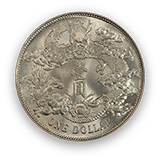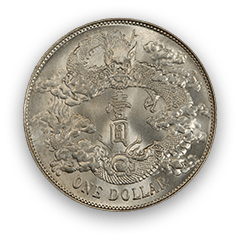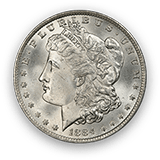1987 Peso Abolition of Slavery MS68 认证号45893816, PCGS号838574
拥有者评论
By the 1550s, the Spanish had wiped out most of the indigenous population of Cuba, which up to that point had been their primary source of enslaved labor. Chattel slavery of people of African origin was thus introduced around this time in order to make up for the labor shortage. In March 1812, a series of revolts led by freedman José Antonio Aponte erupted in the plantations of Cuba. After the revolts were suppressed by the local militias armed by the government, hundreds of enslaved people were arrested, with many of the leaders being tried and executed.
By 1817, Britain and Spain were making a concerted effort to reform their diplomatic ties and negotiate the legal status of the Atlantic slave trade. An Anglo-Spanish treaty in 1817 formally gained Spanish agreement to immediately end the slave trade north of the Equator and expand enforcement against illegal slave ships. But, as recorded by legal trade documents of the era, 372,449 enslaved people were imported to Cuba before the slave trade legally ended, and at least 123,775 were imported between 1821 and 1853. Even as the slave trade ceased in other parts of the Atlantic, the Cuban slave trade continued on until 1867. The ownership of human beings as chattel slaves remained legal in Cuba until 1880. The slave trade in Cuba would not systematically end until chattel Cuban slavery was abolished by Spanish royal decree in 1886, making it one of the last countries in the Western Hemisphere (preceding only Brazil) to formally abolish slavery.
PCGS #
838574
直径
0.00 毫米
重量
0.00 克
铸币数量
3000
金属成分
Copper-Nickel
更高评级数量
1
评级较低的钱币数量
0
地区
Cuba
价格指南
PCGS 数量报告
拍卖 - PCGS 评级的
拍卖 - NGC 评级的




















.jpg)
.jpg)